If you click on a link and make a purchase we may receive a small commission. Read our editorial policy.
Maia Kobabe's unique tree-based approach to cartooning
"My process tends to be very non-chronological."

Maia Kobabe is best known for eir work on Gender Queer: A Memoir, but before putting together the iconic graphic memoir, ey started with a bundle of black and white diary comics framed around eir life. How does a bundle of comics turn into an award winning graphic novel? It's a tricky process.
In a Popverse Members interview with Jim McDermott, Maia Kobabe shared about eir process when it came to putting together Gender Queer in its final form. Read what Kobabe said about that organic workflow below:

"My process tends to be very non-chronological. The first thing that will happen is I will get maybe three to four ideas of scenes, and I’m like, 'These scenes are really important, these have to be in here.' But it’ll be like one from the beginning, two or three from the middle and then one from kind of near the end.
"And I’m like, 'Okay, we’re going to need a lot of material in between these scenes and I don’t know what that is yet, but I know we have to hit these points, they’re the high emotional points or big turning points.' Then I sit down, and I try to write the connective material between them from the beginning to the end. And then I’ll get a version that feels sort of like a skeleton, where I’m like 'Okay, at least we’ve got a little bit holding all of this together.'
"Then I end up going over it and over it and over it again, and I keep filling in things, but it’s very non-chronological. It’ll be like one pass that I’ll get maybe another five to six scenes that are in between the ones that I initially wrote. Then somebody else will read it and be like, 'The jump from here to here is so jarring, we need something that explains how we get from here to here.' And I’ll be like, 'Oh my God you’re so right, and I’ll write another little scene to fill in between those scenes.' It’s been this very expanding process.
"I actually like to use another nature metaphor: In some ways it’s almost like when a tree is growing and it puts out maybe three initial branches, but then each of those three branches puts out three more branches, and then each of those branches puts out an additional three branches. It kind of grows in that manner, where it’s like each key scene spins off five scenes and connective scenes from the sort of initial tentpole scenes. Both Gender Queer and Saachi have kind of grown in that sort of fractal-like manner.
"And it’s funny, at points I’ll write a draft and think, 'That’s it, I’ve got everything I need.' Then two or three months later or maybe after someone else has read it, they’ll point out all these holes and I’ll think, 'Oh my God, I have to go back and fill in a bunch of things.' Then I’ll look at it and think how could I ever thought the story was done without these scenes? But now it’s done! And then there’ll be another pass and people will be like, 'Well we kind of need something here and here,' and I’ll fill them in and then I’ll be like 'Now it’s done!' But no, it’s another draft. (laughing)"
Gender Queer is available for purchase from Amazon, Barnes & Noble, and Bookshop.org.
Want to learn more about Kobabe's newest project? We've got a guide for you.
Follow Popverse for upcoming event coverage and news
Find out how we conduct our review by reading our review policy
Let Popverse be your tour guide through the wilderness of pop culture
Sign in and let us help you find your new favorite thing.


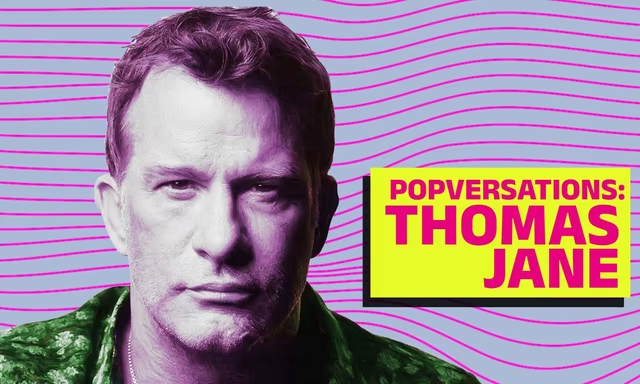


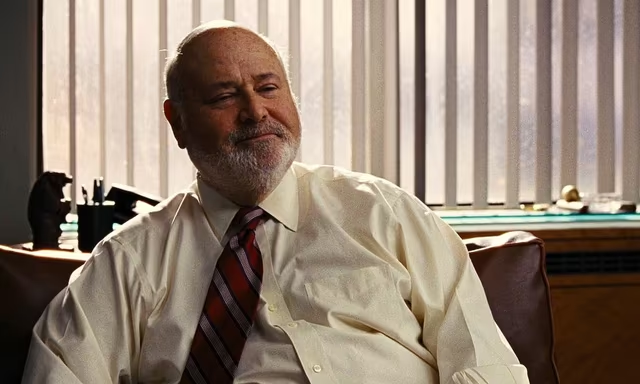
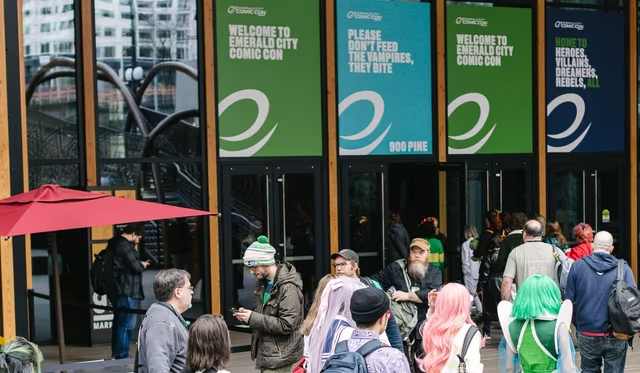

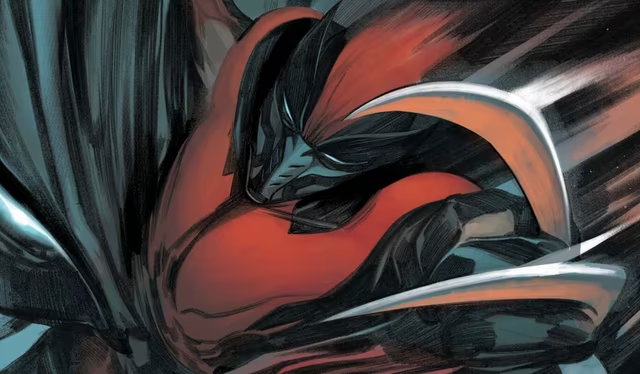
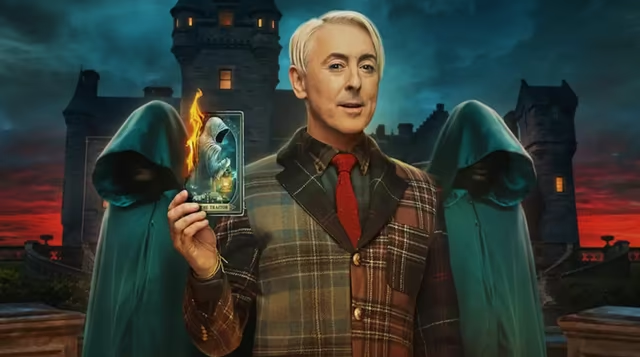






Comments
Want to join the discussion? Please activate your account first.
Visit Reedpop ID if you need to resend the confirmation email.